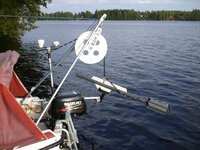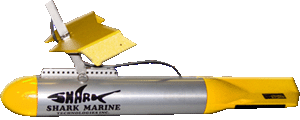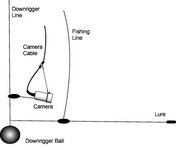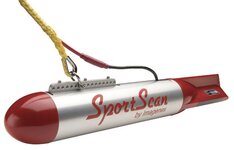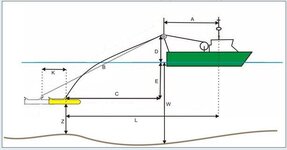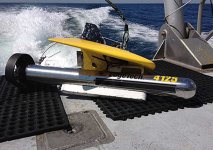I know this is a topic that has been brought up in the past, but since the major manufacturers keep pumping out new and upgraded units, I thought I would bring it up again.
I am ready to take the plunge and buy a side scan and I hope some of the experts on this forum can lead me in the right direction.
Can you tell me the features I most need for shipwrecks/ debris trails?
At what point, depth and resolution wise, would I seriously start to see benefits from building and deploying a towfish?
Are there any unforeseen problems, performance wise, from lengthening the transducer cable to accommodate a towfish?
I am primarily interested in colonial era wrecks and so I am hoping to achieve bottom image resolution capable of picking up a single cannon or large anchor. What is the best frequency to achieve this type of resolution? How close will I need to get the towfish or hull mounted transducer over the target to achieve this resolution?
I know this query is somewhat vague, but there is so much information out there, it is somewhat difficult to sift through it all in order to select a capable unit. If an older model will suit my needs, I am not averse to buying used.
Thanks in advance.
I am ready to take the plunge and buy a side scan and I hope some of the experts on this forum can lead me in the right direction.
Can you tell me the features I most need for shipwrecks/ debris trails?
At what point, depth and resolution wise, would I seriously start to see benefits from building and deploying a towfish?
Are there any unforeseen problems, performance wise, from lengthening the transducer cable to accommodate a towfish?
I am primarily interested in colonial era wrecks and so I am hoping to achieve bottom image resolution capable of picking up a single cannon or large anchor. What is the best frequency to achieve this type of resolution? How close will I need to get the towfish or hull mounted transducer over the target to achieve this resolution?
I know this query is somewhat vague, but there is so much information out there, it is somewhat difficult to sift through it all in order to select a capable unit. If an older model will suit my needs, I am not averse to buying used.
Thanks in advance.


